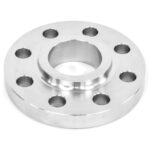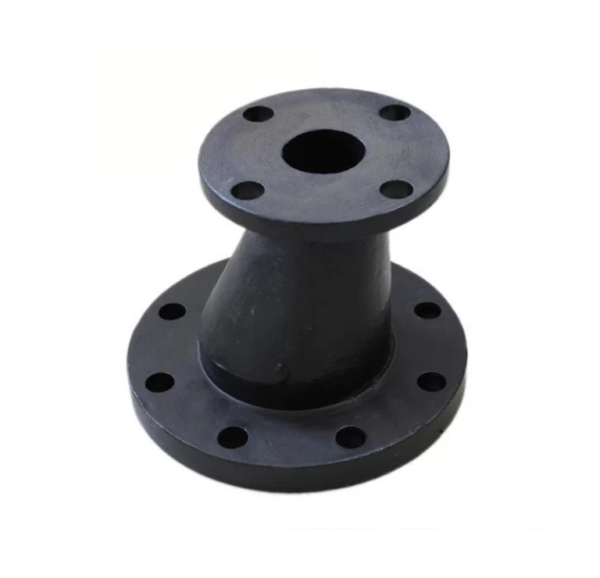Description


A reducing flange is a type of flange used in piping systems to connect pipes of different diameters. It is designed with a larger diameter on one end and a smaller diameter on the other, allowing it to connect pipes of different sizes.
Reducing flanges are typically used in applications where a change in pipe diameter is required, such as in pump suction or discharge lines, where a larger pipe may be required to accommodate the flow of fluid, and a smaller pipe may be used downstream to distribute the flow more evenly. They are also commonly used in heat exchangers, where different pipe sizes are required on the hot and cold sides.
Reducing flanges are available in a range of sizes and pressure ratings, and can be made from a variety of materials such as carbon steel, stainless steel, and alloy steel. They are designed to be bolted to another flange or fitting, with a gasket placed between the two flanges to provide a leak-tight seal.
Like other types of flanges, reducing flanges can also be customized with special features such as hubs, special facings, or coatings to suit specific requirements. They are an important component in many piping systems, allowing for the efficient and reliable connection of pipes with different diameters.
Reducing Flanges are suitable for changing line size, but should not be used if the abrupt transition would create undesirable turbulence, as at pump connections. A reducing flange consists of a flange with one specified diameter having a bore of a different and smaller, diameter. Except for the bore and hub dimensions, the flange will have dimensions of the larger pipe size.
Rich production technology, advanced equipment, high automation degree and high production precision, complete molding. As the designated supplier of major energy enterprise groups under the jurisdiction of SASAC, the company has won a number of national, and provincial reputations.






















